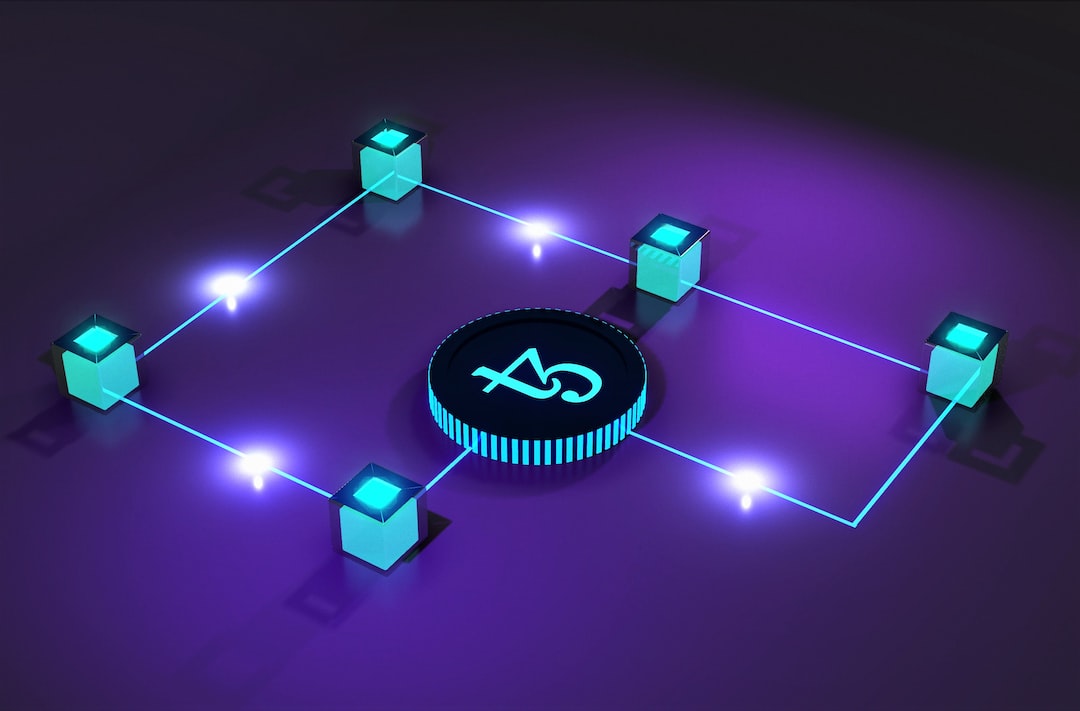Google DeepMind Discovers Two Million Crystal Structures with AI
Google DeepMind has utilized its GNoME artificial intelligence (AI) tool to identify over two million crystal structures. These substances have the potential for use in energy applications, such as solar cells and specialized electrical devices. Out of the two million structures discovered, 381,000 will undergo further testing.
DeepMind AI Lowers Entry Barrier for Crystal Research
While AI played a crucial role in finding these chemical structures, human insight was necessary to evaluate their stability. The team published a paper in Nature, explaining that AI helped bypass costly trial-and-error methods. The University of California, Berkeley, and the Lawrence Berkeley National Laboratory are already utilizing these findings, and the crystal structures can also be applied to computer chip development for companies like Nvidia and IBM.
The Impact of DeepMind’s AI on Drug Discovery
DeepMind’s previous use of AI in protein structure creation has benefited biotechnology companies in vaccine and drug discovery experiments. However, some experts argue that DeepMind’s protein tool may not be able to interpret lesser-known protein regions lacking an ordered structure. Understanding protein structure alone does not address the main challenges faced in drug development.
Can DeepMind Solve Hard Problems?
According to chemistry expert Derek Lowe, knowing the protein structure is not the primary hurdle in drug development. Failures often occur due to incorrect usage or unexpected behavior of drugs. While protein structure knowledge can generate ideas for future compounds, it does not guarantee success.
Hot Take: Limitations of DeepMind’s Protein Tool
DeepMind’s AI breakthroughs in crystal and protein structures have significant scientific value. However, they may not fully address the complexities involved in drug discovery. Drug development success relies on understanding real biological systems and addressing the risks associated with drug usage.





 By
By
 By
By
 By
By
 By
By
 By
By
 By
By